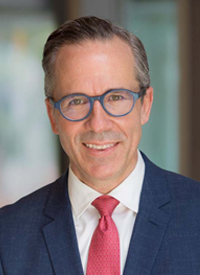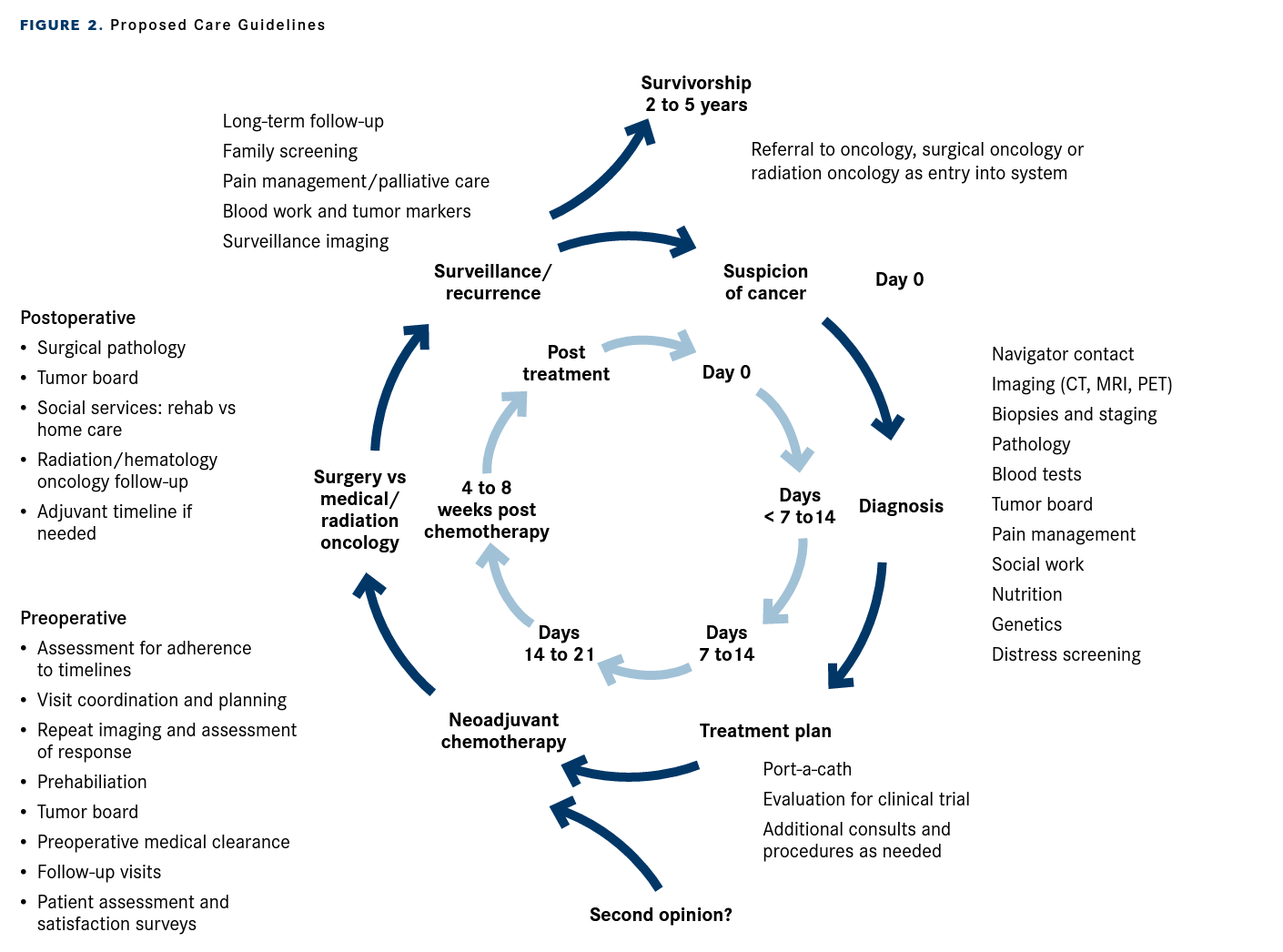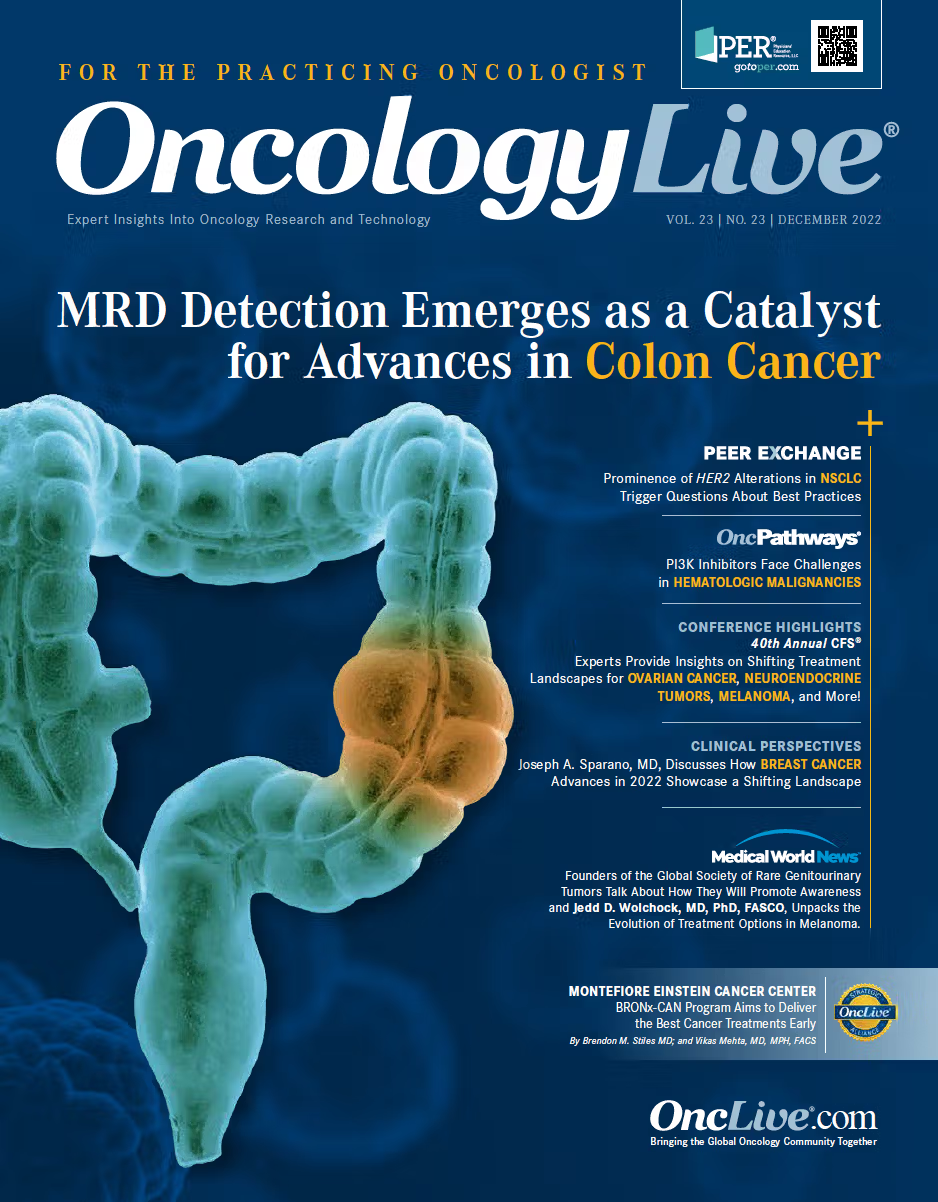Publication
Article
BRONx-CAN Program Aims to Deliver the Best Cancer Treatments Early
Montefiore Einstein Cancer Center hopes to begin combating systemic inequities and improve cancer outcomes for historically disadvantaged populations by taking a data-driven approach to delivering neoadjuvant therapy in communities that are economically and socially marginalized.
Brendon M. Stiles, MD

Montefiore Einstein Cancer Center hopes to begin combating systemic inequities and improve cancer outcomes for historically disadvantaged populations by taking a data-driven approach to delivering neoadjuvant therapy in communities that are economically and socially marginalized.
When caught early, many cancers can be cured, particularly when combination treatment strategies leverage neoadjuvant tactics such as preoperative chemotherapy, immunotherapy, and/or radiation therapy are used.
Vikas Mehta, MD, MPH, FACS

Advantages and Barriers to Neoadjuvant Care
Neoadjuvant treatments have proven effective in shrinking tumors and allowing for less extensive surgery or for minimally invasive procedures with surgical pathways that spare vital organs. In addition, these strategies make it possible for treating oncologists to quickly determine whether the therapy is working based on tumor response and to signal whether a change in medication or strategy is needed. Another critical advantage of neoadjuvant therapy is that it provides an earlier opportunity to eliminate microscopic cancer cells outside of the primary tumor.
Unfortunately, it can often be a challenge to arrange for and deliver neoadjuvant therapy to patients. Because such treatment can extend for weeks before surgery and require multiple visits, imaging studies, and laboratory assessments, most patients may wish to proceed directly to surgical resection and avoid delays or complications from other types of therapy. Furthermore, preoperative treatments may also demand a greater level of coordination with nutritionists,physical therapists, and other support services. Such a multidisciplinary approach can be a burden for patients with cancer and their caregivers.
Therefore, despite the remarkable success of neoadjuvant therapy strategies in clinical trials across tumor types, we need to do more to advocate for this treatment. Our efforts should include addressing educational gaps with patients and physicians, overcoming barriers to treatment delivery, improving care coordination, and developing a better understanding of patient preferences and quality of life during neoadjuvant therapy.
BRONx-CAN
There are few places where barriers to neoadjuvant therapy are as pervasive as in the Bronx, New York, where Montefiore Einstein Cancer Center is based. We have seen that these hurdles can lead to treatment delays or poor adherence particularly in individuals with social or economic challenges.
Our colleagues have a history of documenting the role that such socioeconomic challenges as lack of transportation can have on an individual’s ability to stick to treatment recommendations and how it can negatively affect outcomes.1-3 When you bring a treatment protocol like neoadjuvant therapy into the mix, the challenges only increase.
Neoadjuvant therapy has already been shown to benefit individuals with the most common types of cancer that we treat, including breast, lung, esophageal, gastric, pancreatic, and rectal cancers. Unfortunately, Bronx residents are more likely to receive a diagnosis of these cancers at later stages, are less likely to receive neoadjuvant therapy, and have poorer outcomes than their counterparts in other New York City boroughs. In fact, only about 60% of our patients complete intended neoadjuvant therapy, and 40% miss at least 1 visit for various reasons, including socioeconomic factors.
That is why we recently launched the BRONx-CAN project— Building Reliable Oncology Navigation Centered Around Neoadjuvant therapy—which is funded by the American Cancer Society. Through BRONx-Can, we are extending stateof-the-art multidisciplinary neoadjuvant care to everyone who could benefit from it.
Our objectives are to identify patients with cancer who need neoadjuvant therapy and help them navigate the health care system to facilitate timely diagnosis of cancer, proper staging, rapid development of treatment plans, and early treatment initiation. By ensuring strict adherence to treatment schedules through improved care coordination, we hope to minimize the need for redundant appointments and procedures.
A unique aspect of this project is that it relies on nurse and peer navigators to help individuals affected by cancer along the treatment journey. The nurse navigator will attend cancer clinics and tumor boards and serve as a direct link patients can contact about care (Figure 1).
Figure 1. CARE360 at Montefiore

The navigator will work with treatment teams to identify appropriate patients for neoadjuvant therapy, develop clear treatment timelines and goals, and help coordinate appointments and preoperative tests to minimize time and cost for patients.
Our peer navigators from the Bronx Oncology Living Daily (BOLD) program will also be in direct contact with patients to help meet other needs as they arise. BOLD is an organization of men and women who have been affected by cancer and are highly trained and experienced in patient engagement. The peer navigators will share their own experiences, help with cancer education, and serve as a support system for those who need neoadjuvant therapy.
We have created ambitious goals for BRONx-CAN. All individuals with a diagnosis of stage II or stage III lung, pancreatic, rectal, gastric, or esophageal cancer will be eligible for this navigation pathway (Figure 2).
Figure 2. Proposed Care Guidelines

Creating a Path Forward
We hope to increase the proportion of our patients with cancer who receive navigation services and neoadjuvant therapy and see an increase in the proportion of individuals who complete treatment and go on to have successful surgery. Through this process, we aim to minimize the number of preoperative appointments and partner with our patients to avoid missed appointments. Finally, to better understand the patients’ perspectives, we will perform focused interviews and conduct surveys to identify barriers to care and patient preferences and to assess patients’ quality of life during neoadjuvant therapy.
Taking this project further, we will use innovative technological and tracking approaches, like our virtual cancer center dashboard, to best serve the needs of our community and identify how we can deliver outstanding cancer outcomes.
Given the many socioeconomic challenges our patient population faces, the data generated by our program will demonstrate how these methods can be used to address inequities in cancer care. As we report on our findings, we hope that our shared insights will help others launch similar initiatives aimed at delivering improved outcomes to underserved communities.
As providers, we must remember that it is our job and our responsibility to ensure that the latest cancer therapies get to those who need them and to do our part to ensure the most vulnerable among us are cared for in the most effective and holistic way. We look forward to sharing our findings.









